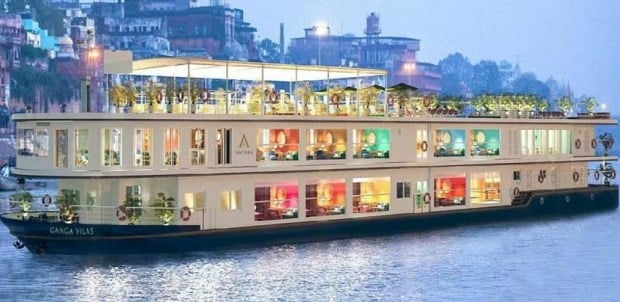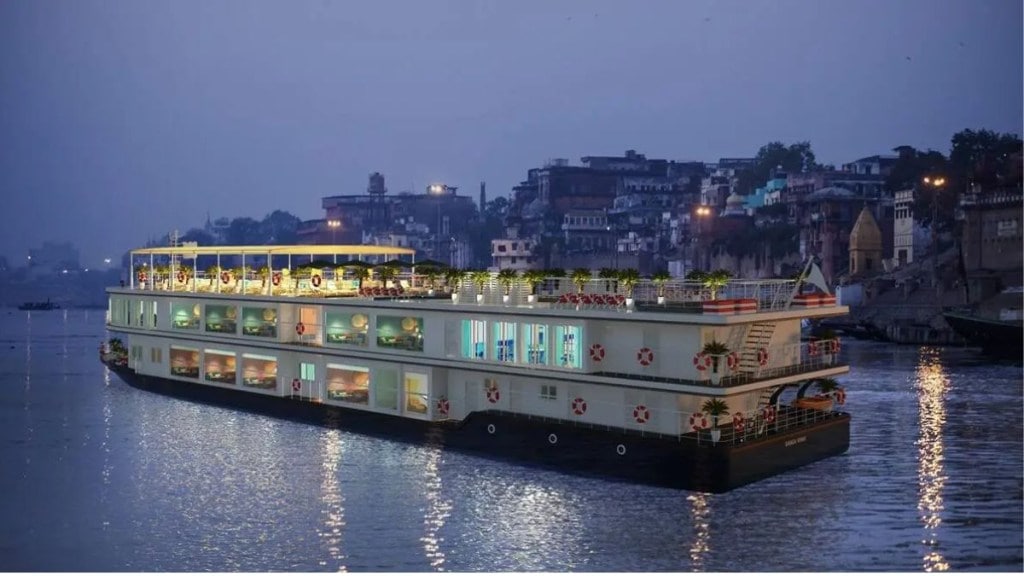MV Ganga Vilas Launch: Prime Minister Narendra Modi has flagged off the world’s longest river cruise, MV Ganga Vilas which will offer a 51-day trip from Varanasi to Dibrugarh via Bangladesh covering a 3,200 km distance.
MV Ganga Vilas: Ticket price
If you want to enjoy the luxurious experience at MV Ganga Vilas, you’ll have to buy a ticket for Rs 25,000 to Rs 50,000 per day. The total cost for the entire trip will be around Rs 20 lakh for each passenger. The ship has the capacity of carrying 36 passengers.
MV Ganga Vilas: How to book tickets
The international cruise is being offered by Antara Luxury River Cruises. You can book tickets from their website. For now, the bookings are not open as the ongoing voyage has been booked by a Switzerland company. If you want to book your ticket, you’ll have to wait till September.
MV Ganga Vilas: The luxury cruise will cover 50 tourist destinations; Check the full route
MV Ganga Vilas will cover 50 tourist destinations including world heritage sites, river ghats, national parks, and major cities like Patna in Bihar, Shahiganj in Jharkhand, Kolkata in West Bengal, Dhaka in Bangladesh, and Guwahati in Assam. The cruise will start from Varanasi and then travel to Patna, Sahibganj, Kolkata, Dhaka, Guwahati, and Dibrugarh.

What happened at the launch?
Prime Minister also inaugurated the Tent City at Varanasi and laid the foundation stones for several other inland waterways projects worth more than Rs 1,000 crore. Union Minister for Ports, Shipping and Waterways Sarbananda Sonowal and Uttar Pradesh Chief Minister Yogi Adityanath were present at Varanasi on the occasion. He said, “With this cruise, many places of eastern India will now figure in world tourism map… What can be more unfortunate is that since Independence the banks of the Ganga did not develop and thousands of people living along the Ganges had to migrate for job.”
